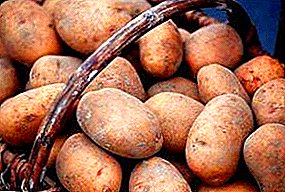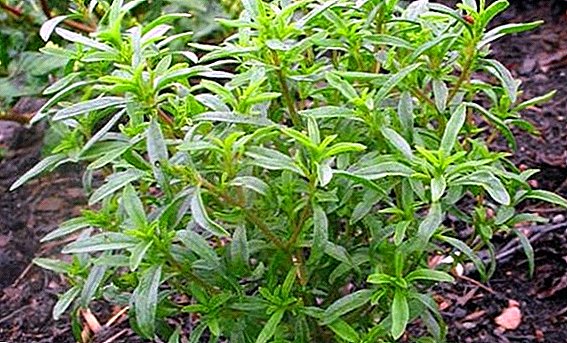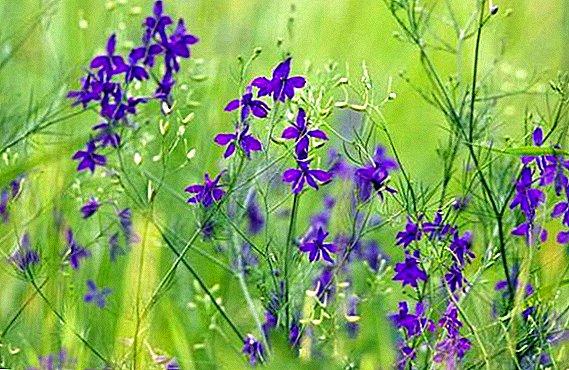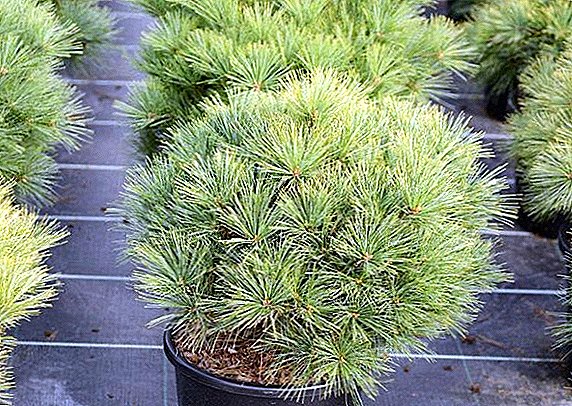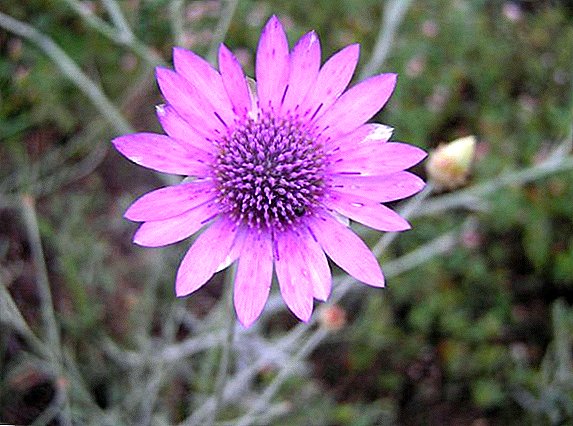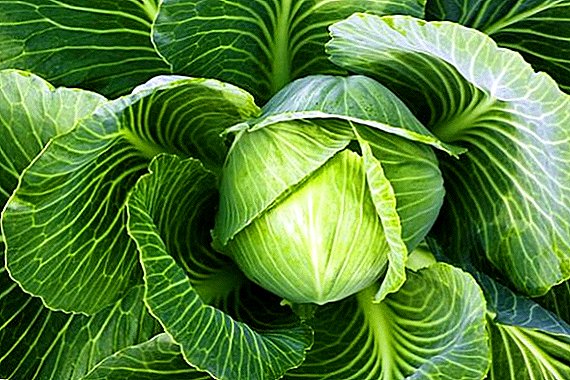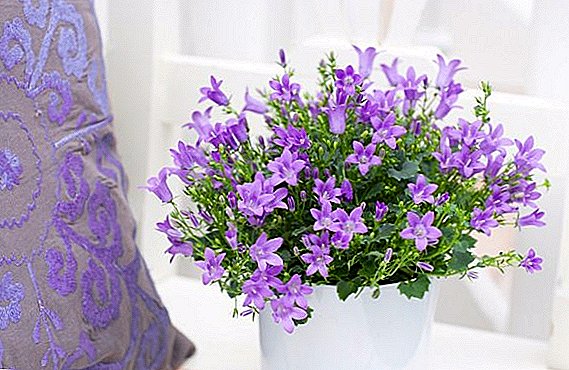 Breeding pigeons in the first place should begin with the correct choice of the type of bird: meat, sports or decorative - for aesthetic pleasure. For a successful process is very important the fact of choosing the breed and the establishment of the reproductive process. It is necessary to create optimal conditions for life and reproductive conditions for your pets. Learn more about how to breed pigeons, you will learn further from the material of this article.
Breeding pigeons in the first place should begin with the correct choice of the type of bird: meat, sports or decorative - for aesthetic pleasure. For a successful process is very important the fact of choosing the breed and the establishment of the reproductive process. It is necessary to create optimal conditions for life and reproductive conditions for your pets. Learn more about how to breed pigeons, you will learn further from the material of this article.
Bird selection
In order for breeding domestic pigeons to become a profitable occupation for you, you need to make sure that the individuals you acquire are healthy and fully correspond to the chosen breed. First, you need to study the maximum amount of information about the birds you need. It is better to consult with experienced poultry farmers. According to external signs, the pigeon must be clean and tidy, with even plumage, without the presence of any visible defects: lameness, abnormal lethargy, protruding feathers. Open the wing of the bird and inspect it for the presence of through holes. If there are any, it means that a feather tick is parasitic on a pigeon.
Important! The most expensive pigeons in the spring, and the maximum decrease in their value occurs in the fall.
 Birds, like other pets, suffer from lice. To check their availability, inspect the pigeon under the tail and the area of the beak. In healthy birds, these places are even with a uniform color.
Birds, like other pets, suffer from lice. To check their availability, inspect the pigeon under the tail and the area of the beak. In healthy birds, these places are even with a uniform color.If your choice fell on the sporting breed of pigeons, in practice, check the quality of flight and manner of behavior in the sky. Birds are always bought in pairs. Be sure to purchase pigeons with an already formed "family." With a chosen partner, the reproductive performance increases significantly, and this is important for meat or decorative breeds that will be sold.
Did you know? The first state pigeon post appeared in Egypt in 1146.
Choice room for poultry
Cultivation and maintenance of pigeons at home should occur in special wooden cages or iron cages. Such dwellings should be placed inside the room designated for pigeon house. They can serve as a separate building by type of garage or shed, and an open area, just fenced with a large grid. Provide the opportunity for each bird to be in an individual cell. It is also necessary to provide for a quarantine room for weak and sick pigeons, as their relatives can peck at them.
The optimal cell size for one pigeon is 20 cm in height and 40 cm in width. In depth, it should be done in such a way that the bird can comfortably accommodate there with folded wings. Equip a pouch for each seat. Personal homes pigeons should be regularly cleaned and carried out preventive treatment from parasites. 
Important! Two or three times a year, the pigeon house must be thoroughly cleaned and fully sanitized. Be sure to do it in early spring and late autumn, when the chicks have not yet been born.If severe winter is predicted, pigeon house should be well warmed. Otherwise, pigeons will lose weight and become sick more often. These birds feel comfortable in the atmosphere of light twilight. Make sure that the light in the pigeon does not act in excess.
Did you know? In xi-XIII centuries, the cost of the carrier pigeon was equal to the price for a purebred Arabian horse.

Breeding pigeons
Pigeons, breeding which you plan at home, begin to multiply in early spring. Especially for this you need to prepare a separate pigeon cage. This room should be well cleaned, washed and dried, and then install special skeletons of branches or wooden boxes with small sides. Fill them in the corners with plaster and small sawdust. Hatching of offspring will occur there.
Reproduction of feathered pets occurs in the following ways:
- random mating;
- related mating - inbreeding;
- mating of unrelated or similar pigeons;
- in a linear way.
Did you know? Pigeons can reach speeds of up to 80 km / h, and sports breeds can outrun even swifts. Pigeon record - 1, 58 km per minute.
Inbreeding is a form of crossing related pigeons. It can be both mating parents with offspring, and brothers and sisters. A cousin relationship also applies to this method. With this form of crossing, the quality of pedigree increases, and all the positive qualities of birds are preserved. Inbreeding can be practiced for a long time, pairing together several dove generations.
 The method of pairing similar in appearance pigeons is applicable most often. The principle is that two healthy parents will transfer all their positive, or even better, qualities to the next generation, or at least parts of it. The level of homozygosity in comparison with inbreeding is significantly lower, but with good heredity of the required qualities such reproduction can give very good results. Mating unrelated pigeons is the opposite of inbreeding. Using this breeding method, pigeon breeders believe that extraneous genetic material will transfer qualities that are not inherent in this breed, and will also improve the initial ones. This method should be used very carefully, because with the advent of new genes, negative qualities may also develop, which will adversely affect this genus.
The method of pairing similar in appearance pigeons is applicable most often. The principle is that two healthy parents will transfer all their positive, or even better, qualities to the next generation, or at least parts of it. The level of homozygosity in comparison with inbreeding is significantly lower, but with good heredity of the required qualities such reproduction can give very good results. Mating unrelated pigeons is the opposite of inbreeding. Using this breeding method, pigeon breeders believe that extraneous genetic material will transfer qualities that are not inherent in this breed, and will also improve the initial ones. This method should be used very carefully, because with the advent of new genes, negative qualities may also develop, which will adversely affect this genus.
The method of linear breeding pigeons is good because you can accurately determine all the consequences of crossing and inheritance qualities. The linear mating method differs from inbreeding by a more distant relationship between the two parents. When the dove is fertilized, it searches for material for the nest equipment. Your task as a golubevoda - to provide her with various twigs, down, feathers and wool. The offspring are incubated by both parents, alternating so that everyone can eat and rest. The average egg incubation period is one month.
Important! Do not disturb pigeons by checking eggs when they are in the nest. Do this when they are not in the cage.In the year the dove can lay three times eggs in an amount not more than two at a time.
Feeding pigeons
 Keeping and breeding pigeons includes not only the nuances of equipment for birds and their offspring, but also their feeding. At the moment, the choice of specialized feed and mixtures for feathered pets is very large and diverse. It is best to inject vitamin supplement in the winter. The basis of the diet of pigeons should contain barley, fruits and vegetables, such as apples, carrots and potatoes. It is necessary to give in small quantities chalk, sand, eggshells, mixing with food. On average, the daily rate of food for an adult individual is 50 grams. If you grow meat breed, be sure to enter in the diet of pigeons peas, eggs and fats of natural origin. Such pigeons must be fattened for at least 10 days from the time when they are one month old. In winter, the amount of food should be increased. This is necessary to keep birds from freezing. Water should always be changed in time so that it is fresh. It is advisable to do this daily.
Keeping and breeding pigeons includes not only the nuances of equipment for birds and their offspring, but also their feeding. At the moment, the choice of specialized feed and mixtures for feathered pets is very large and diverse. It is best to inject vitamin supplement in the winter. The basis of the diet of pigeons should contain barley, fruits and vegetables, such as apples, carrots and potatoes. It is necessary to give in small quantities chalk, sand, eggshells, mixing with food. On average, the daily rate of food for an adult individual is 50 grams. If you grow meat breed, be sure to enter in the diet of pigeons peas, eggs and fats of natural origin. Such pigeons must be fattened for at least 10 days from the time when they are one month old. In winter, the amount of food should be increased. This is necessary to keep birds from freezing. Water should always be changed in time so that it is fresh. It is advisable to do this daily.
Since breeding pigeons at home - this means taking full responsibility for their health, therefore, it is necessary to strengthen their immunity. Give them herbal decoctions based on chamomile, train and thyme.
Did you know? During the Second World War, pigeons delivered more than 15,000 messages.
Content in winter
In winter, pigeons should feel as comfortable as possible, so they should be well protected from the cold. Dovecote need to warm. Although the birds emit enough heat, it is not enough to endure a constant stay in the cold. It is better to warm the cells with polystyrene foam, drywall, mineral wool or OSB sheets. The floor can be lined with large sawdust, sand, straw, hay or twigs. This will not only insulate the floor of the pigeon house, but will also significantly simplify the cleaning process. 
Did you know? A pigeon named Blue Prince was sold under the hammer for 150,000 euros.
Content in the summer
In the summer, pigeons, like other birds, need more freedom, so their maintenance and breeding should be transferred to separate fenced parts of the yard. Be sure to make an arrival window so that birds can land there after walking. The summer period is the easiest in the pigeon breeding. From dawn until five o'clock in the evening the birds walk, and then return home and go to bed at sunset. The most important thing in the summer maintenance of pigeons is to change drinking water in time and clean the cages from litter. 
Did you know? Drinking pigeons happens in an unusual way: they immerse the beak in water and suck the liquid through it, like through a straw.
Sanitary standards
The main condition for breeding breeding or meat pigeons is the maximum purity of their content. Often are cases of keeping birds without registering a state of emergency. It all depends on the desire of the breeder. If you are openly engaged in large-scale business based on breeding pigeons, then there is a need for sanitation. Pigeons are officially considered to be birds that carry many dangerous diseases, including leptospirosis and bird flu. Aim at the health authorities at your place of registration and find out what package of documents is necessary for the legal maintenance of birds in private pigeon houses. These are usually the following papers:
- a copy of the state registration certificate of a private entrepreneur or legal entity;
- extract from the tax inspection;
- copy of tax registration certificate;
- a tenancy agreement or certificate of ownership;
- the previous conclusion of the SES, which was issued for this type of activity, if there is one;
- production flow chart and project documentation;
- floor explication of the premises and the BTI plan;
- SES conclusion on the compliance of project documentation;
- garbage collection agreement;
- veterinary conclusion. Necessary to provide each customer;
- certificate of conformity of products.
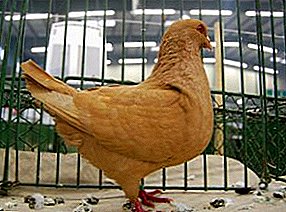 Wash the feeders well several times a week, as a significant amount of bacteria accumulates there.
Wash the feeders well several times a week, as a significant amount of bacteria accumulates there.- Carefully ensure that no rodents that can infect birds enter the room.
- Do not keep more than 20 pigeons in one loft. Otherwise, divide it sectionally.
- Insulate the northern and eastern walls tightly from drafts, and concrete the floor.
- Disinfect the pigeon house regularly with special solutions.
- Pigeons need regular bathing, so provide them with special baths or pans with sides up to 8 cm.


 Wash the feeders well several times a week, as a significant amount of bacteria accumulates there.
Wash the feeders well several times a week, as a significant amount of bacteria accumulates there.
